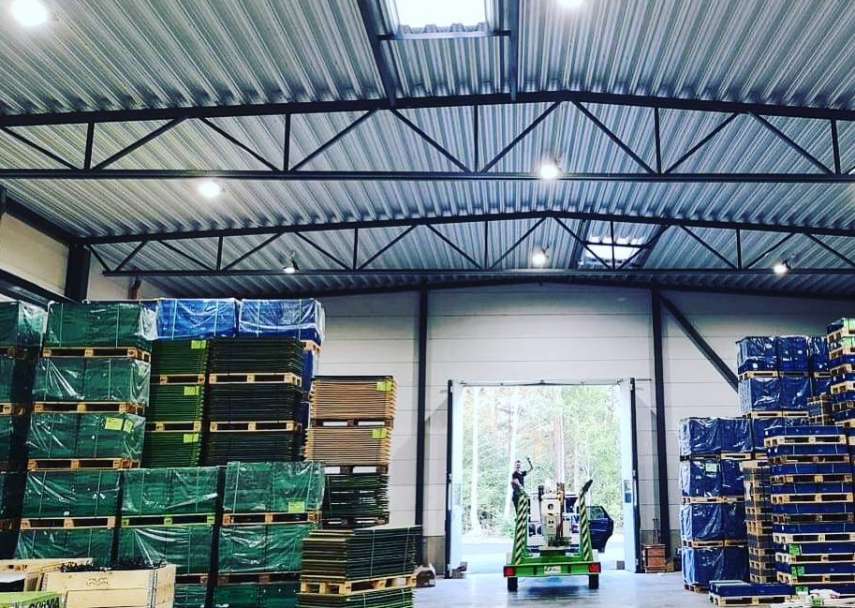Sustainable Industrial Lighting: Eco-Friendly Options for Businesses
Sustainable Industrial Lighting: Eco-Friendly Options for Businesses
Blog Article
In the present day Industrial lighting (Industribelysning), effectiveness, durability, and cost-effectiveness are key parts for success. Among the different systems which can be revolutionizing industrial operations, LED (Light Emitting Diode) technology stands out as a casino game changer in professional lighting. In the last decade, LED illumination has become the preferred choice for firms seeking to boost energy performance, minimize working expenses, and enhance workplace safety. In this article, we investigate the important role that LED engineering plays in shaping the continuing future of commercial lighting.

Energy Effectiveness: Lowering Functional Expenses
One of the very most significant benefits of LED engineering in professional lighting is their power efficiency. Unlike traditional lighting choices, such as for example incandescent or fluorescent lights, LEDs consume much less energy while providing the same (or even superior) amount of brightness. Reports show that LED lights can reduce power consumption by up to 75%, translating into significant savings for commercial facilities over time. These charge savings could be reinvested in different important aspects of the company, more increasing detailed efficiency.
Durability and Longevity
LED light is known for their long lifetime, with several LED lamps sustained around 50,000 hours, compared to only 1,000 hours for incandescent bulbs. That endurance decreases the need for repeated alternatives, reducing preservation costs and downtime in industrial settings. Moreover, LED lights tend to be more tough, effective at withstanding tough conditions such as for instance excessive conditions, vibrations, and shocks. That makes them suitable for demanding professional surroundings like warehouses, factories, and production plants.
Enhanced Brightness and Awareness
In industrial controls, appropriate lighting is crucial for employee protection and productivity. LED lights present remarkable perfection and greater gentle circulation, ensuring that perform parts are illuminated uniformly. This helps lower the risk of incidents, especially in places wherever accuracy and awareness of aspect are required. The increased visibility also plays a part in improved worker performance, as responsibilities can be accomplished more effectively and with fewer mistakes.
Environmental Affect and Sustainability
As environmental problems carry on to increase, corporations are increasingly embracing sustainable solutions. LED lighting is really a more eco-friendly solution in comparison to old-fashioned light technologies. LEDs do not include harmful products like mercury, which can be generally present in fluorescent bulbs. Also, they are 100% recyclable, reducing the total amount of spend made by commercial facilities. By making the move to LED engineering, organizations can lower their carbon impact and subscribe to a greener future.

Conclusion
The adoption of LED technology in commercial light offers numerous benefits that enhance both the functional efficiency and sustainability of businesses. From its energy-saving abilities to its toughness and superior lighting quality, LED engineering is transforming commercial illumination and permitting firms to remain competitive in an ever-evolving market. As industries continue steadily to prioritize power effectiveness and cost-effective solutions, LED engineering may truly enjoy an important position in shaping the ongoing future of industrial lighting. Report this page